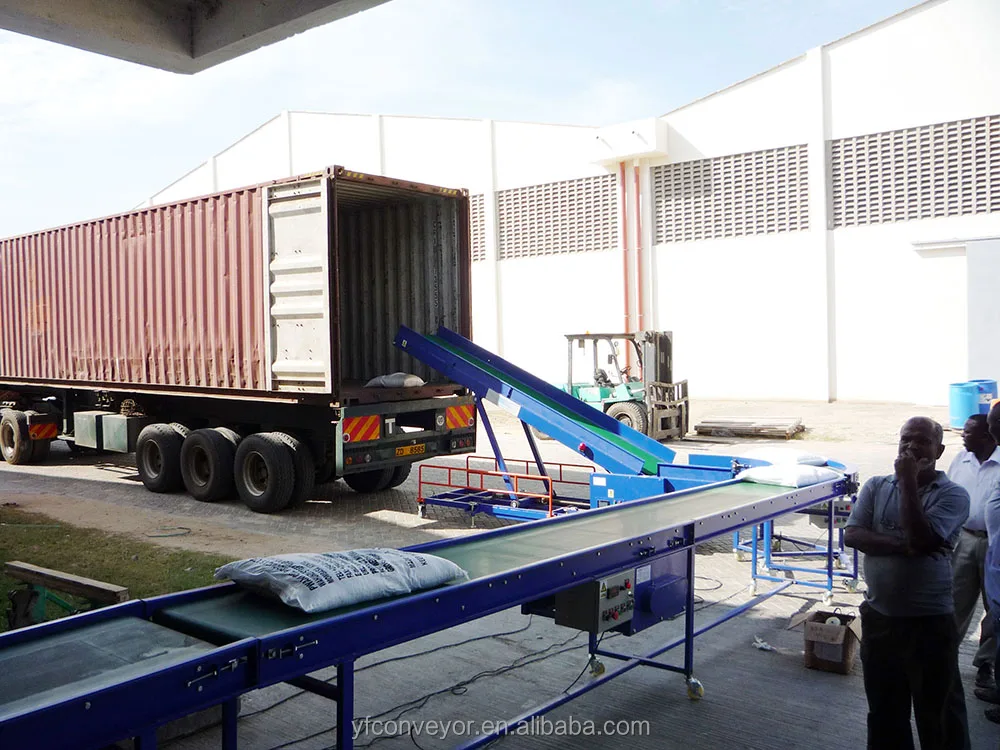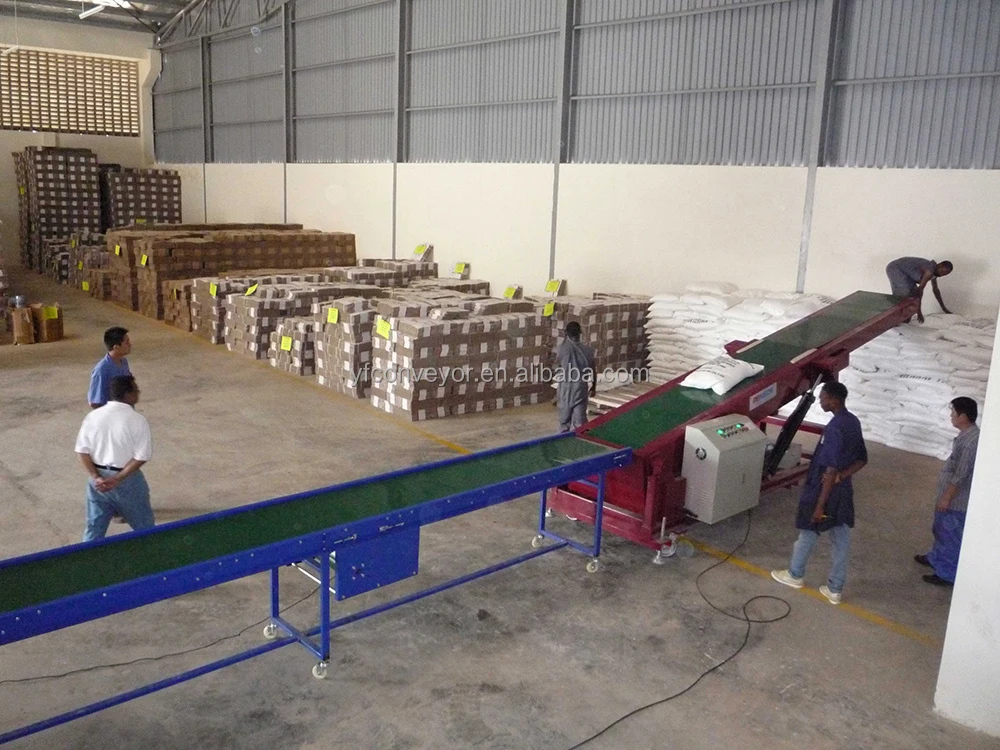Conveyor technology has significantly transformed the logistics and transportation industry. It plays a vital role in the loading and unloading of trucks, enhancing efficiency and productivity. The evolution of conveyor systems has been driven by the need for faster, safer, and more reliable methods of moving goods. This article explores the historical development and advancements in conveyor technology specifically related to truck loading unloading conveyors processes.
Historical Background
The origins of conveyor technology can be traced back to the late 18th century. Early conveyors were simple devices made of wood and leather. They were primarily used in agriculture for transporting grain. As industrialization progressed in the 19th century, the use of conveyors expanded into manufacturing and warehousing. The introduction of powered conveyors in the early 20th century marked a significant milestone, allowing for more efficient movement of materials in factories and distribution centers.

Advancements in Conveyor Design
Over the years, conveyor design has evolved to meet the changing needs of industries. Modern conveyor systems are now equipped with advanced features such as modular designs, adjustable speeds, and automated controls. These innovations allow for greater flexibility in loading and unloading operations. The use of materials such as stainless steel and plastic has also improved the durability and hygiene of conveyor systems, making them suitable for various applications, including food processing and pharmaceuticals.
Integration with Automation
The integration of automation into conveyor technology has revolutionized truck loading and unloading processes. Automated conveyor systems can operate with minimal human intervention, reducing labor costs and minimizing the risk of injuries. Technologies such as sensors, robotics, and artificial intelligence have enhanced the capabilities of conveyor systems. For instance, automated guided vehicles (AGVs) can work alongside conveyor systems to transport goods to and from trucks efficiently.
Impact on Efficiency and Productivity
The evolution of conveyor technology has had a profound impact on efficiency and productivity in logistics. Modern conveyor systems can handle large volumes of goods at high speeds, significantly reducing loading and unloading times. This efficiency translates to faster turnaround times for trucks, allowing companies to optimize their supply chain operations. Additionally, the ability to automate repetitive tasks frees up human resources for more complex and value-added activities.
Safety Considerations
Safety is a critical aspect of conveyor technology in truck loading and unloading. Modern conveyor systems are designed with safety features such as emergency stop buttons, safety guards, and sensors to prevent accidents. Training for operators and maintenance personnel is essential to ensure safe operation. The implementation of safety protocols and regular inspections further enhances the safety of conveyor systems in logistics environments.
Sustainability and Environmental Impact
As industries become more environmentally conscious, conveyor technology has also evolved to address sustainability concerns. Energy-efficient conveyor systems are being developed to reduce power consumption. Additionally, the use of recyclable materials in conveyor construction contributes to a lower environmental impact. Companies are increasingly adopting eco-friendly practices, and conveyor technology plays a crucial role in achieving sustainability goals.

Future Trends in Conveyor Technology
Looking ahead, the future of conveyor technology in truck loading and unloading is promising. Innovations such as smart conveyors equipped with IoT (Internet of Things) capabilities are expected to become more prevalent. These systems can provide real-time data on performance, maintenance needs, and inventory levels. Furthermore, advancements in robotics and artificial intelligence will continue to enhance the automation of loading and unloading processes, leading to even greater efficiency.
Conclusion
In conclusion, the evolution of conveyor technology has significantly transformed truck loading and unloading operations. From its humble beginnings to the advanced systems of today, conveyor technology has improved efficiency, safety, and sustainability in logistics. As industries continue to evolve, conveyor technology will play a crucial role in shaping the future of transportation and supply chain management
